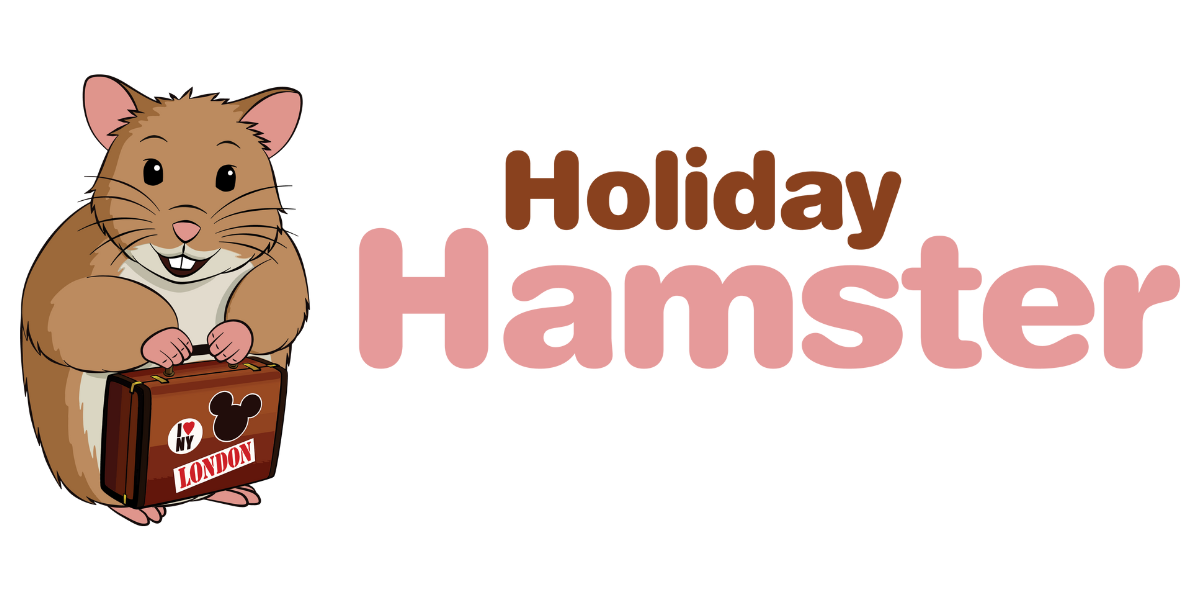As the trees are painted in fiery shades of orange and red, we feel the chilly breeze in the air and notice the harvest moon rising in the night sky; it is that time of the year again – Halloween. But did you know the spooky holiday has a rich history and cultural significance rooted in ancient paganism? If you are excited to dive into the origins of Halloween, you have come to the right place. In this blog, we will explore the origins of Halloween, the ancient Celtic traditions that influenced it, and discover the sacred sites in Ireland, Scotland, and Wales that will transport you back in time.
The Celtic Origins and Traditions of Halloween
All Hallows’ Eve, or Halloween, originated from the Celtic festival of Samhain, celebrated on the night of October 31st. The ancient Celts believed that during Samhain, the veil between the living and the dead was thinnest, allowing the spirits of the departed to enter our world. To avoid being possessed by them, the Celts would light bonfires and wear costumes to scare away evil spirits. The Druids, the ancient priests of the Celts, would also use the occasion to make prophecies and perform divination rituals to predict the future.

The Blending of Celtic and Christian Beliefs
The festival of Samhain was an important celebration in the Celtic calendar, and its traditions spread throughout Europe, eventually blending with Christian beliefs. Today, Halloween has become a secular holiday in the Western world, characterized mainly by costumes, candy, and decorations. However, its roots in ancient paganism remain in many countries worldwide.

Sacred Celtic Sites for Halloween Enthusiasts
If you are interested in learning more about the ancient rituals and customs associated with Halloween, there are many sacred sites and landmarks that can transport you back in time. Ireland is home to the Hill of Tara, an ancient burial ground for the kings of Ireland, and the Uisneach, a spot believed to be the centre of Ireland, as well as the fairies and their myths. In Scotland, you can visit the Callanish Stones, a group of standing stones thought to be over 5,000 years old, and Dunadd Fort, a site linked to the ancient kingdom of Dalriada. Wales also has many historic landmarks, including the Bryn Celli Ddu, a prehistoric burial site with a passage grave, and Llyn y Fan Fach, a lake associated with the Lady of the Lake from the legend of King Arthur.

The Vibrant Traditions and Meaning of Halloween
As you immerse yourself in Samhain’s ancient rituals and beliefs, you will realize that the holiday is more than just a spooky night of candy and costumes. It is an opportunity to connect with your ancestors and honour the cycle of life and death that has been celebrated for thousands of years. Halloween is a time to reflect on our past, prepare for our future, and celebrate the vibrant traditions that make us who we are.
Halloween has a deep-rooted history originating from the ancient Celtic festival of Samhain and has evolved into today’s popular holiday. As we celebrate Halloween, let us remember the rich cultural significance and historical traditions that make this holiday unique. By visiting the sacred sites and landmarks associated with the ancient customs of Halloween, we can step back in time and connect with the past. We hope that this blog has inspired you to explore the pagan roots and traditions of Halloween and discover the magic of this spooky holiday.






